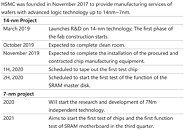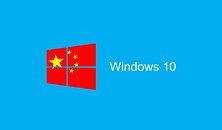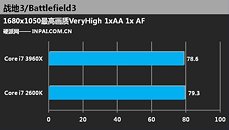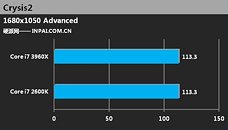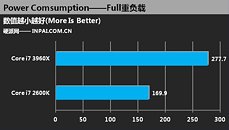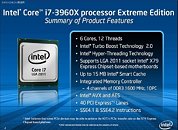
Inside Info Suggests AMD Prepping Radeon RX 9070 GRE 12 GB Model as Chinese Market Exclusive
Early last month, a source in China leaked very speculative information regarding AMD's—not-yet-official—Radeon RX 9070 GRE model. PC hardware news outlets have just picked up on this low-key prediction—according to rumors, Team Red is readying a cheaper Radeon RX 9070 series SKU. RDNA 4's first "Great Radeon Edition" (GRE) card is tipped for launch prior to AMD's officially announced Radeon RX 9060 series—at some point in Q2 2025. The original leaker suggested that Team Red's Radeon RX 9070 GRE would offer a "better price-performance ratio" when compared to the current-generation flagship: Radeon RX 9070 XT. Yesterday, Benchlife.info disclosed fundamental spec points—Navi 48 die, 12 GB VRAM, 192-bit memory bus—likely procured from contacts within the board partner industry. The online publication believes that AMD and involved AIBs will release Radeon RX 9070 GRE 12 GB cards for the Chinese market, in the near future.
Historically, GRE models have always launched as regional exclusives—starting with RDNA 3's Radeon RX 7900 GRE. Upon arrival—in July 2023—Team Red's curious Navi 31 GPU-based offering was linked to a potential global rollout. This milestone goal was achieved, albeit many months later—following various periods of "testing the waters" in smaller European regional markets. Since then, AMD China has pushed out other GRE options—most notably their extremely popular Radeon RX 6750 GRE 12 GB and 10 GB cards. Post-internationally available Radeon RX 9070 GRE, nothing else GRE-related has experienced widespread distribution outside of China. Back in February, board partners introduced custom Radeon RX 7650 GRE 8 GB designs, as "step-ups" from already launched Radeon RX 7600 cards. Potentially, AMD could gauge local uptake of the nascent Radeon RX 9070 GRE 12 GB model—with healthy sales figures (in China) paving the way for a wider release.
Historically, GRE models have always launched as regional exclusives—starting with RDNA 3's Radeon RX 7900 GRE. Upon arrival—in July 2023—Team Red's curious Navi 31 GPU-based offering was linked to a potential global rollout. This milestone goal was achieved, albeit many months later—following various periods of "testing the waters" in smaller European regional markets. Since then, AMD China has pushed out other GRE options—most notably their extremely popular Radeon RX 6750 GRE 12 GB and 10 GB cards. Post-internationally available Radeon RX 9070 GRE, nothing else GRE-related has experienced widespread distribution outside of China. Back in February, board partners introduced custom Radeon RX 7650 GRE 8 GB designs, as "step-ups" from already launched Radeon RX 7600 cards. Potentially, AMD could gauge local uptake of the nascent Radeon RX 9070 GRE 12 GB model—with healthy sales figures (in China) paving the way for a wider release.































